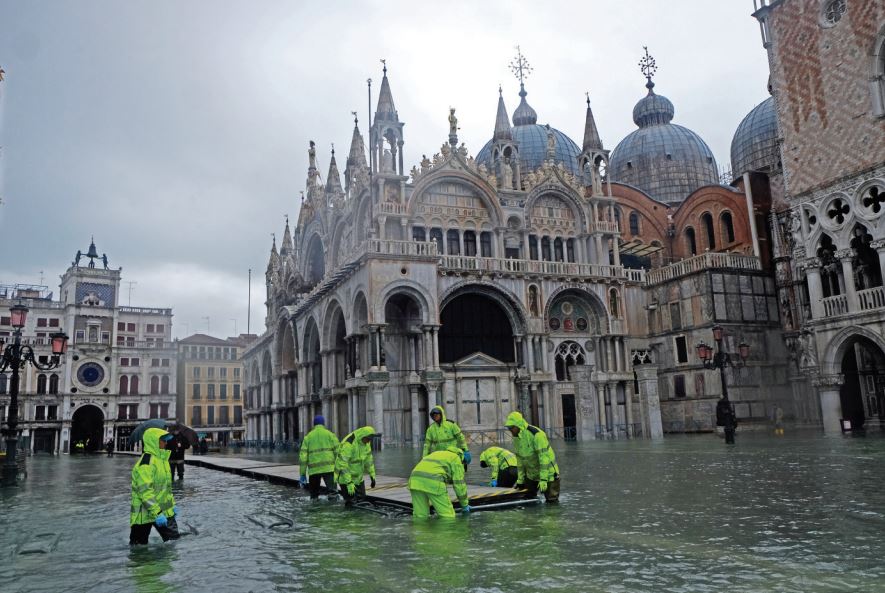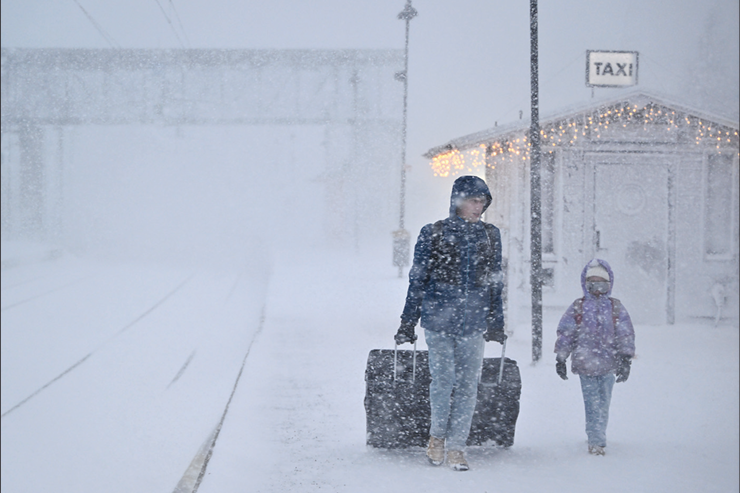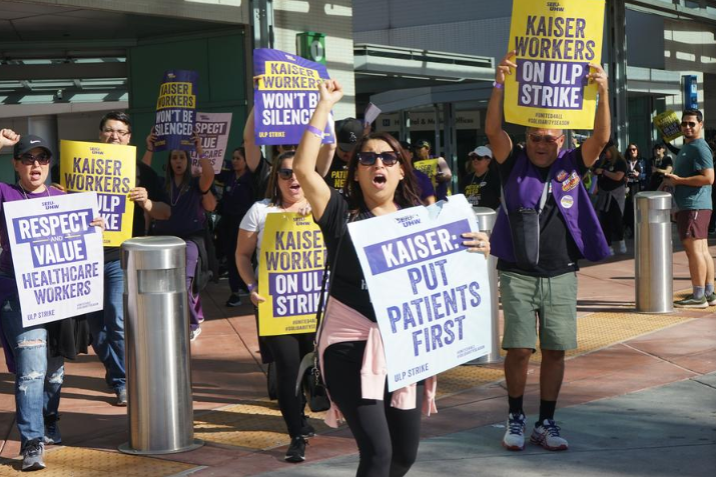Venice picks up the pieces after devastating floods


After November's devastating floods, the Italian city of Venice faces the challenge of how to repair the damage done and take measures to ensure it is not repeated-and it is proving controversial.
This year's flooding in the city built on water across more than 120 islands, which draws visitors from all over the world, was the worst for more than 50 years, and caused a repair bill estimated by Mayor Luigi Brugnaro as high as 1 billion euros ($1.1 billion). "Venice is on its knees,'" he tweeted at the time.
Countless artworks were submerged for days as the waters reached a highpoint of 187 centimeters above sea level, and the government provided 20 million euros in emergency relief, with private individuals entitled to payouts of up to 5,000 euros and businesses up to 20,000.
Art historian Wolfgang Wolters is a former advisor on Venice for the United Nations' cultural body UNESCO. He says the estimated damages bill is incalculable and the figure was more symbolic. And unlike in the past, he told German state broadcaster DW, this time nature was not to blame.
"Before the treatment, there must a diagnosis-and as soon as possible," he said, adding that it was "clear that the problem is man-made".
A system of underwater flood protection barriers, known as Moses, should have been completed by 2011 but it is running 10 years behind schedule, with the cost of the project having rocketed up.
Even this is not a simple answer, though, with a report for the Codacons consumer and environment protection advocacy group demanding extra tests to ensure it is up to the job, rather than wasting money on something inadequate.
"We don't want to delay by one minute the possibility to make Moses operational. But we say we cannot make it operational until we are sure it will work," said Franco Conte, president of Codacons in Venice.
"Naturally, the Venetian community is exasperated and they say, 'If we did 95 percent, let's do 100 percent and see if that works.' But that is unconscionable. If we don't know if it works, we cannot experiment."
There is also growing anger that the desire to make as much money as is possible out of the city is exacerbating problems, with potentially serious long-term consequences.
The city's unique situation means many of its visitors turn up on cruise ships, which themselves pose environmental challenges, disembark en masse, and depart without staying overnight. Earlier this year, plans were announced for a tourist tax on daytrippers to pay for the upkeep of the city.
Only around one-fifth of Venice's population lives in its historic island center, with the rest on the estuary and surrounding mainland, which form one administrative region and will continue to do so after a recent referendum on the city declaring municipal independence failed to draw a sufficient number of voters to be valid.

































